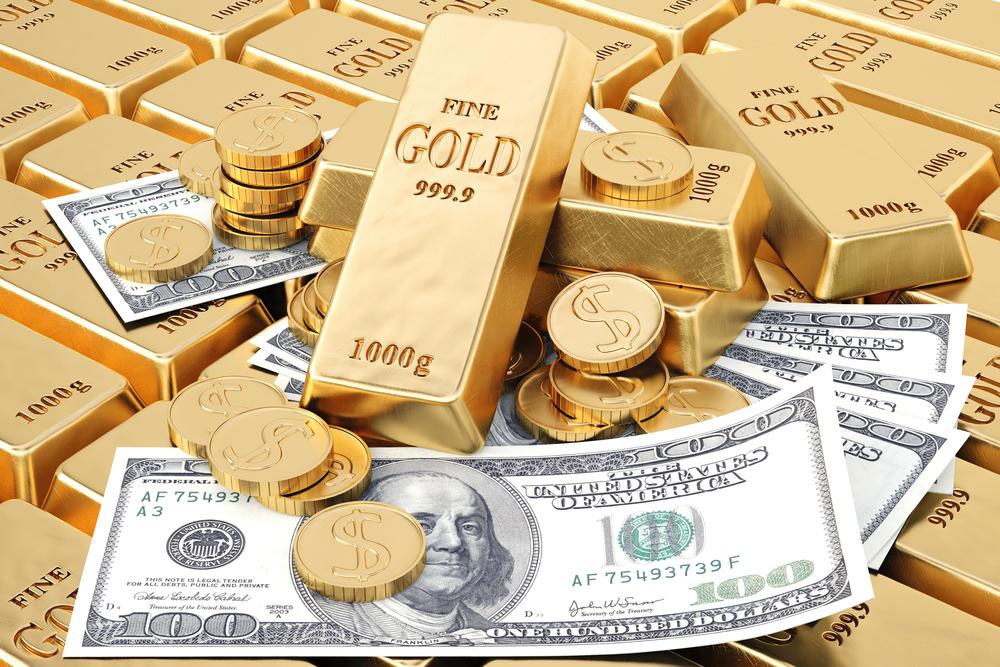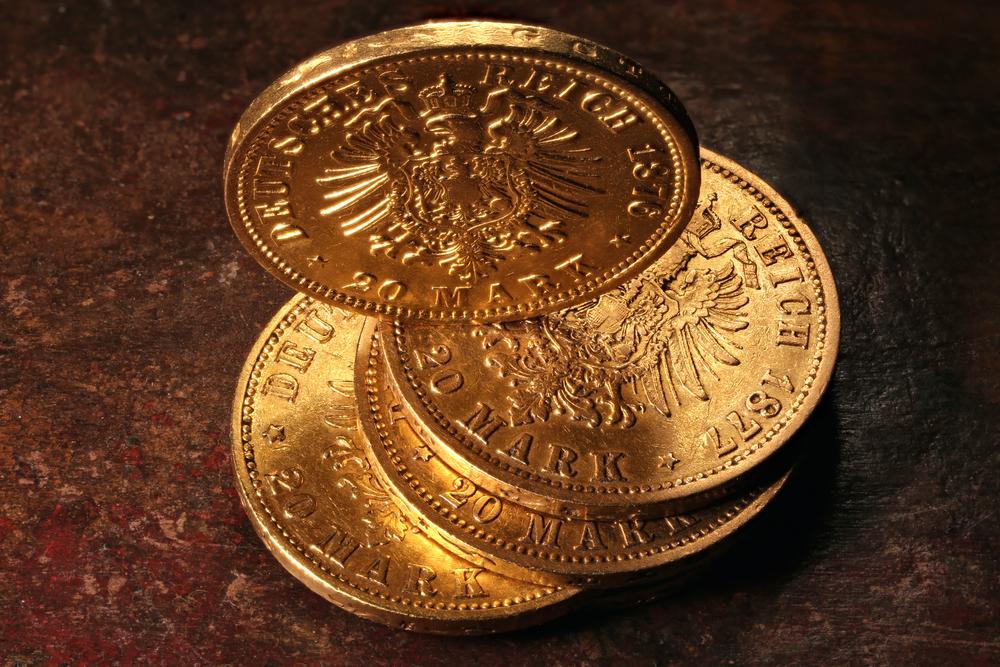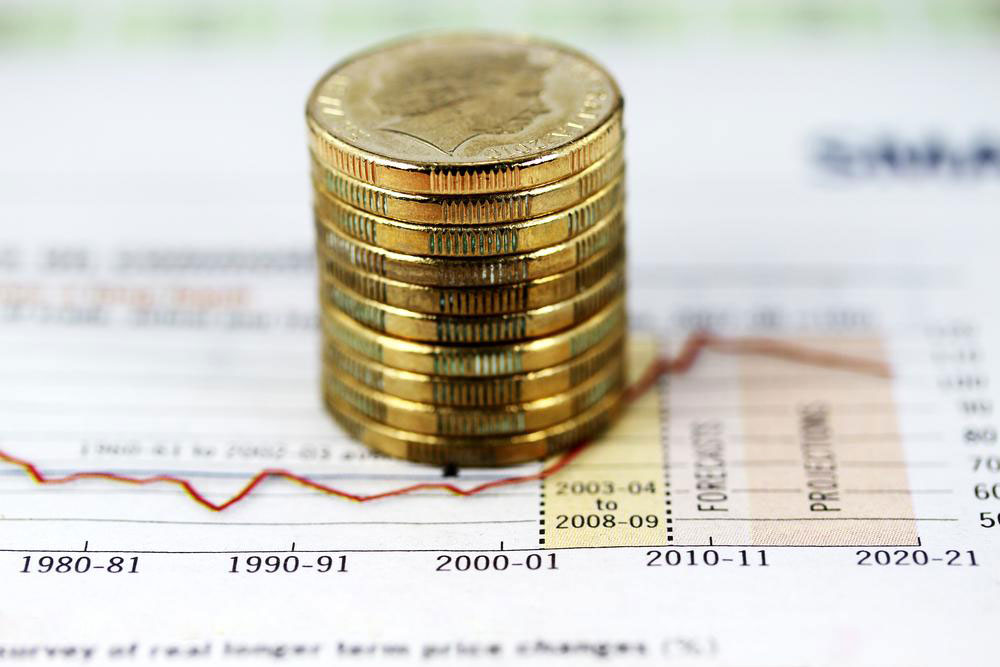Historical Breakthroughs in Gold Price Trends and Market Dynamics
This comprehensive article explores the historic peaks in gold prices, including the 2011 record high, key economic influences, and seasonal trends such as the Chinese New Year. It provides a detailed analysis of how geopolitical tensions, economic crises, and market sentiment have historically driven gold's remarkable price surges, emphasizing precious metals' vital role as a safe harbor investment amid global uncertainties. Aimed at investors and market enthusiasts, the article offers insights into gold's market dynamics across decades, highlighting its importance in financial stability and wealth preservation.

Historical Breakthroughs in Gold Price Trends and Market Dynamics
Gold has historically been regarded as a safe haven investment, a store of value, and a hedge against economic uncertainty. Over the past decades, gold prices have experienced significant fluctuations, reaching remarkable peaks that have captured global attention. Understanding these historic highs provides insight into market behavior, economic crises, and investor confidence shifting over time. The journey of gold pricing from modest beginnings to record-breaking levels reveals much about the geopolitical and financial landscapes shaping the 21st century.
One of the most memorable milestones in gold's recent history occurred in August 2011. During this period, gold prices surged to a staggering $1,900 per ounce, setting a new record high and signaling a period of intense market volatility. At the start of 2011, the price of gold was approximately $1,400 per ounce, marking a significant increase within a short span. This rapid escalation was driven by multiple factors, including fears of a double-dip recession, European debt crises, and broader economic instability that pushed investors towards the perceived safety of precious metals.
On August 22, 2011, during after-hours trading, gold briefly surged to an all-time high of $1,917.90, before settling around $1,880 per ounce. The surge wasn't isolated; it was part of a broader commoditie market rally that included silver, which also saw impressive gains earlier that year. The rapid appreciation in gold prices during this period sparked a widespread gold rush among investors seeking refuge from the tumultuous financial markets. This phenomenon underscored the metal's reputation as a dependable hedge against inflation and economic downturns.
Over the following decade, the trend of rising gold prices continued, roughly outpacing inflation by a significant margin. Historically, gold’s role as a store of value has been to protect wealth during periods of economic uncertainty, inflationary pressures, and currency devaluations. During the 2010s, gold’s annual increase of around 21% demonstrated its capacity to provide robust returns compared to other asset classes. Experts largely attribute these gains to ongoing economic challenges faced by major economies such as the United States and the European Union, including sovereign debt crises, quantitative easing programs, and geopolitical tensions.
Another notable spike in gold prices occurred on February 12, 2016. During this period, gold soared to a level that equated to approximately 44 times the price of crude oil, reflecting deep-seated market anxieties. The sharp decline in oil prices, coupled with turbulent stock markets, drove investors to seek safe assets, pushing gold prices higher. This relationship underscored the interconnected nature of global commodities and the sensitivity of gold to shifts in major economic indicators.
Additionally, seasonal trends have long influenced gold pricing. A recurring pattern observed during the Chinese New Year, typically falling between January and February, often sees an uptick in gold demand due to cultural traditions that favor purchasing gold jewelry and investment bars during this festive period. This seasonal effect highlights the importance of understanding cultural influences on commodities markets, especially in regions where gold holds significant cultural and economic value.
In conclusion, the historical highs in gold prices encapsulate complex interactions between geopolitical events, economic policies, market sentiment, and cultural factors. As the global economy faces ongoing uncertainties, gold continues to serve as a critical asset for investors seeking stability and protection against volatility. Monitoring these historic trading peaks not only helps in understanding past market behavior but also prepares investors for potential future shifts in gold’s pricing landscape.




